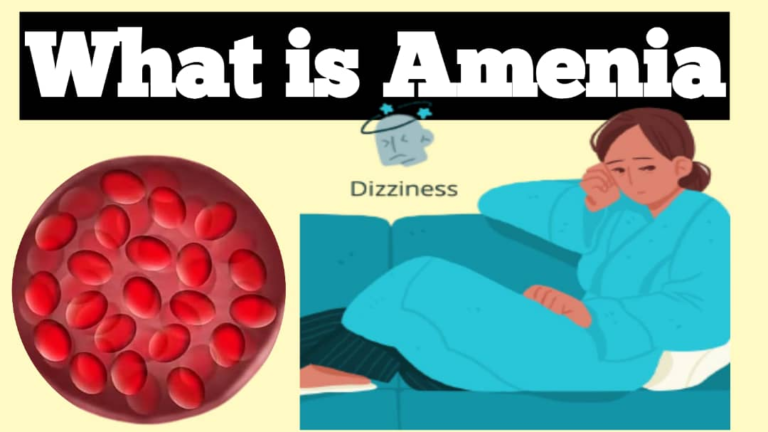Health Insurance

Health insurance is a type of insurance coverage that pays for medical and surgical expenses incurred by the insured. It helps individuals and families manage the costs of healthcare by providing financial protection against unexpected medical expenses. Health insurance plans can vary in terms of coverage, cost, and provider networks.
●There are several types of health insurance plans available. The most common ones include:
- Health Maintenance Organization (HMO): This type of plan requires you to choose a primary care physician (PCP) who will coordinate your healthcare. You need a referral from your PCP to see a specialist. HMOs usually have lower out-of-pocket costs but limited provider networks.
- Preferred Provider Organization (PPO): PPO plans offer more flexibility in choosing healthcare providers. You can see any doctor or specialist without a referral, but you’ll pay less if you stay within the network. PPOs generally have higher premiums and deductibles compared to HMOs.
- Exclusive Provider Organization (EPO): EPO plans are similar to PPOs, but they don’t cover out-of-network care, except in emergencies. You don’t need a referral to see a specialist, but you must stay within the network for coverage.
- Point of Service (POS): POS plans combine features of HMOs and PPOs. You choose a primary care physician who manages your care, but you can also see out-of-network providers at a higher cost. Referrals are required for specialist visits.
- High Deductible Health Plan (HDHP): HDHPs have lower premiums but higher deductibles. They are often paired with a Health Savings Account (HSA) that allows you to save pre-tax money for medical expenses. HDHPs are a good option for those who don’t require frequent medical care.
- Catastrophic Health Insurance: This type of plan is designed to provide coverage for major medical expenses, such as hospitalizations or surgeries. It has low monthly premiums but high deductibles. Catastrophic plans are typically available to individuals under 30 or those who qualify for a hardship exemption.
These are just a few examples of health insurance plans available. It’s important to carefully consider your healthcare needs and budget when choosing a plan.






